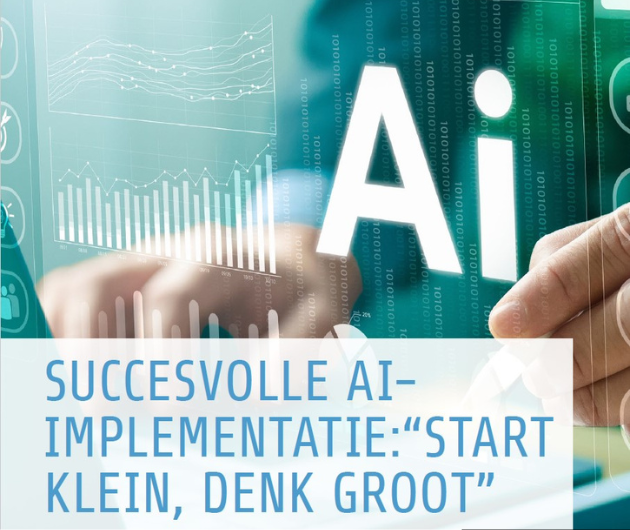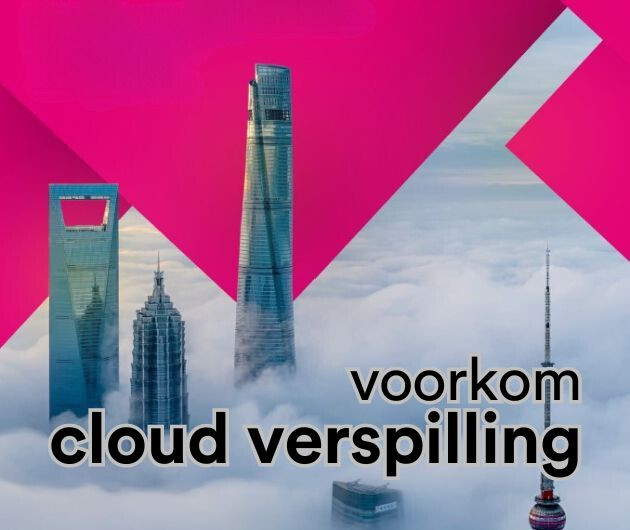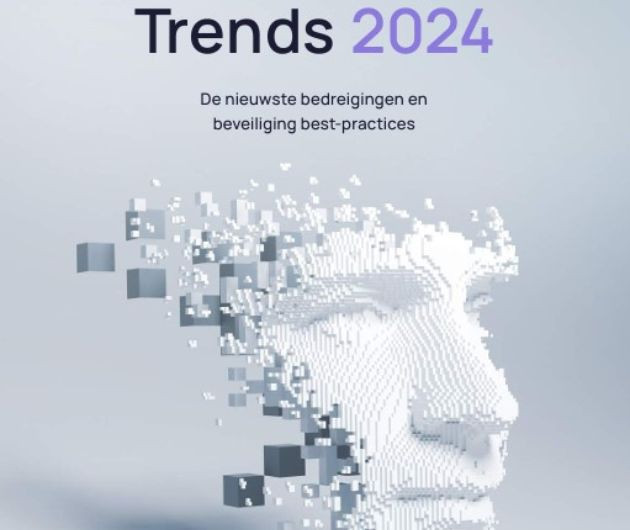Benchmarking maps out an effective internal service.
Insurer Interpolis improved the professionalism of its internal services by determining the relationship between price and performance based on a benchmark. By closely involving staff with the project, acceptance was high. The project ultimately led to improved control mechanisms.
Interpolis' department, Concern ICT, operates as an internal service provider for the entire Interpolis group, and is currently developing into a role as shared service centre. The ICT operations, which Interpolis has outsourced to the organisation, is concerned mainly with the infrastructure and development of service bundles and packages. The development of customized applications is, for the time being, decentralised. This has created the need for a benchmark which can position the organisation and underpin its activities with firm data. Nies van Laerhoven, Control Manager: "Because we are responsible for the complete infrastructure, we work with standard products. Our internal customers want to pay a realistic price. But what is a realistic price? Really, it's more about the relationship between price and performance. So, a discussion developed. People were asking for comparable figures, including the process of pricing by other companies who had similar divisions, and comparisons with external providers."
The purpose of the benchmark was to measure the complete Total Cost of Ownership (TCO) as a company. Eric Sluis, CEO at Interpolis: "We didn't want just a snapshot of the company, we also wanted to be able to control it, and embed the control instruments in our operational structure. One sees many benchmark investigations. They usually begin with price. Then, on the basis of price, they look for quality differences. Yes, you begin with firm figures, but in the end it doesn't really say much about the relationship between price and quality. And it doesn't result in any actions. But with this project you arrive at recommendations and conclusions, and we now have a fundamental analysis of the relationship between price and quality."
Philosophy
Interpolis decided to go with METRI as their benchmark partner mainly due to their methods and the comparable material that was available. Sluis: "We already had a good description of our services. What we were looking for was a partner with more fundamental material, and who was also in a position to think along the same lines as us. They had to be in a position to adapt to whatever we asked for. There are few partners who are prepared to do this with their systems." Van Laerhoven added: "You need to find a company division that is comparable, and where you can draw parallels. For example, you want to compare your SAP domain with an organisation that also has a SAP domain."
One important reason for choosing the METRI method was the opportunity to take control, based on sound recommendations. Sluis: "We were looking for the right price-quality ratio and we wanted to know who and what was pushing the control buttons. With the benchmark we are now in a better position to explore these control buttons." However, the organisation has to be really equipped for that, so a crucial aspect in the whole project is the attitude that the Board has in leading the organisation. "Our philosophy is that efficiency automatically occurs by tackling effectiveness. With us, process optimisation is the normal way of doing business, and not looking at how we can save another 10 per cent every time we perform a task."
Involvement
It was decided beforehand which benchmark models would be used and to which competency centres they would have to be applied, such as the management of service bundles and packages. The benchmark itself was conducted during workshops, where interviews were held with those who had final responsibilities.
Investigators and staff continued discussing the benchmark models afterwards, and the staff were given yet another chance to ask questions in a workshop format. The investigators went away with a stack of information. Once they had acted upon all that information, one more workshop was organised to answer any additional questions, and a final report was produced.
The workshop format of the investigation had been a conscious decision; it was considered crucial if the benchmark was to succeed. Obtaining both support and assistance from the staff involved, and in particular the line-managers, was vital. Therefore, they were involved in the project right from the beginning, in order to give them ownership of the benchmark. They were, so to speak, in charge. Finally, the whole process had to give them the elements of control in order to better implement the TCO. Sluis: "The importance of the investigation was made completely clear to the service owners. With this approach we found that support and acceptance was very high indeed. At the end of the project they had the 'whys' and 'wherefores' for change. Of course, we had to agree the targets, but we didn't crack the whip. By going through the process together, you have the tools to make a better job."
Recommendations and conclusions were then agreed with the employees to make sure they could work with them. Sluis: "We were emphatic that we didn't want to use the stick approach. It was based on a qualitative analysis, and that was important for the management because they have been put on a learning curve. As an example, the housing of the computer centre was not expensive, but the quality was bad. In such cases, you have to be able to discuss things openly and honestly."
Optimisation
The action plan didn't focus exclusively on areas that needed improvement, but also on areas where the company already scored well. From a client's point of view, Interpolis, with their laptops and desktops, appeared well-matched with others in the same market. Van Laerhoven: "We were actually expecting to be found expensive because we have a relatively high number of laptops for our flexible work concept. Laptops aren't cheap, but the flexibility they give seems, nonetheless, affordable."
In another department there was a relatively high number of employees included in the overhead. Some of the staff were not directly productive but worked in change and problem management. That gave cause to look again at the organisation. Sluis: "We are now well on our way to becoming much more a service structure, but flexibility within an operational management structure does cost more. That was a good reason to dig a level deeper with our investigation and, with that in mind, we realised that perhaps we shouldn't be using the term overhead."
Certain internal services can also be too good. Van Laerhoven: "A particular service had a reaction time of two hours, whilst it was four hours in other comparable organisations. That's great, but you should also ask yourself if it's completely necessary." If the report gave us supporting arguments on issues that we already suspected weren't that good, then we dealt with them. "We got an endorsement that we had too little capacity regarding security. We are now using the recommendations from that report to raise the issue to a higher level."
Sluis: "The benchmark has led to an objective and integrated result. In addition, the models have had an input to the TCO models, which have been improved. The analyses have led to action plans, which are now being carried out." At the moment, Interpolis is looking towards the possibility of creating a structural benchmark. "We can, for example, retain our current structure which serves the customer well, but in two years time the world around us may have changed so much that, in comparison to others, we won't be performing as well as we are now."








